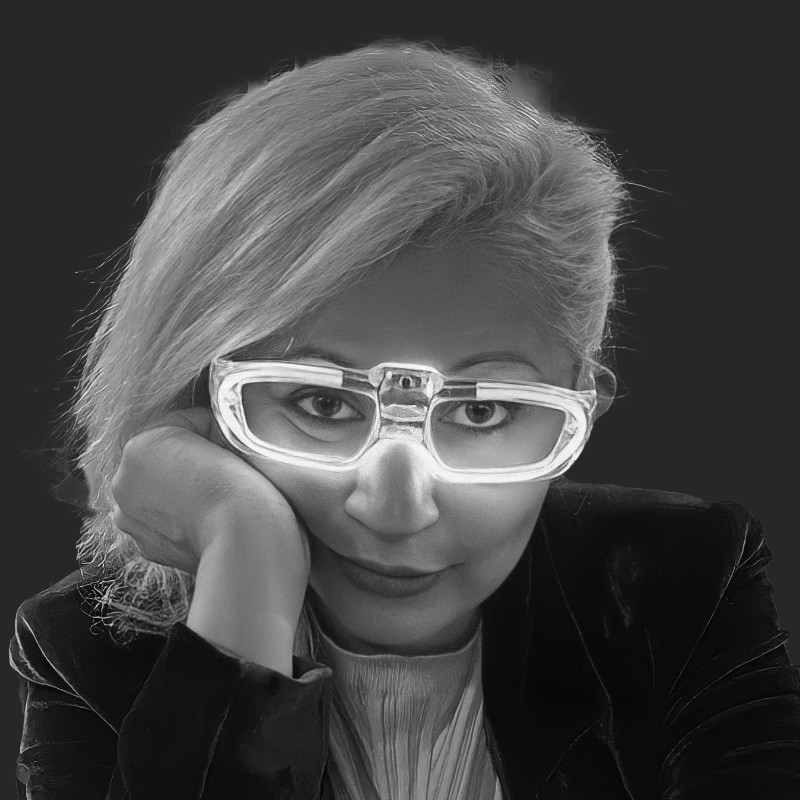Summary
When my daughter was born I did a neural helmet proposal for newborns with a view of the generated data. I was afraid of the next step in my life, being a mom and tried to bring this to my comfort zone: a project in art and technology. In that time, Paloma Oliveira organized Hibrida: experimental prototyping of perception amplifiers. And, with the support of GIIP, an academic group at the University of the State of São Paulo, I had the opportunity to perform with my baby (Diana was 2 months old).
More about Cybaby
Entry Log | Live Lab
Specimen: Diana, age 2 months
Device: CyBaby Neural Helmet v.01
Lab: GIIP / Universidade do Estado de São Paulo
Field Test: Híbrida: Experimental Prototyping of Perception Amplifiers, 2013
When I became a mother, I brought my fear into the lab.
Instead of silence, I designed a helmet. Instead of retreat, I prototyped a portal.
CyBaby is a neural interface for newborns — a soft, flexible helmet embedded with EEG sensors, designed to capture the elusive first waves of consciousness. It was a bridge between my two emerging identities: the artist-engineer and the mother.
Built with open-source EEG systems (Neurosky, Emotiv, OpenEEG), and rendered through Processing, CyBaby transformed infant brainwave data into generative visuals and soundscapes. The helmet doesn’t just record—it performs.
At two months old, my daughter Diana became the first subject, the first performer. Her thoughts — or pre-thoughts — were transcoded into digital streams: a poetic cartography of raw cognition.
What does a newborn perceive before language?
Can we see a baby’s neural reaction to milk, to light, to skin?
Can a baby’s brain perform — not for science, but for poetry?
CyBaby is not a tool. It is an invitation.
To witness early thought.
To aestheticize the rawest moments of becoming.
To blur the line between clinical data and intimate ritual.
As part of the Creativity in Vitro continuum, this was my first gesture toward externalizing internal states — not of myself, but of someone just arriving in the world.
It’s bioart, it’s wearable computing, it’s motherhood as data stream.
It’s a question in the shape of a helmet.
 Lina Lopes
Lina Lopes  Field Note – On the Shape of a Digital Codex (with Lídia Ganhito)
Field Note – On the Shape of a Digital Codex (with Lídia Ganhito)